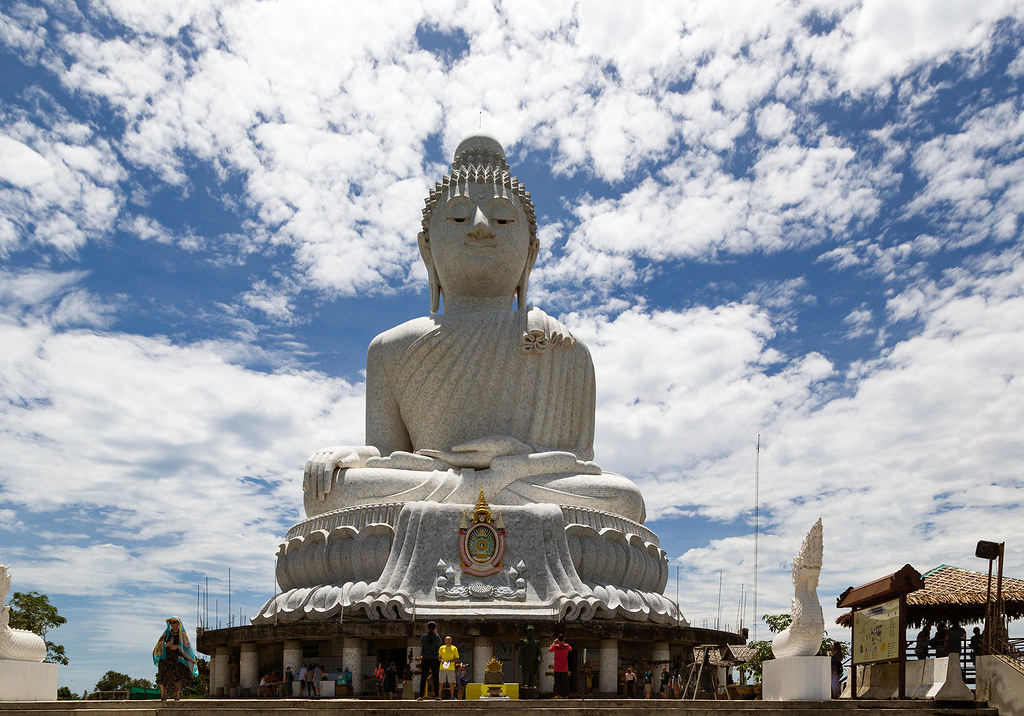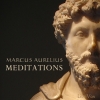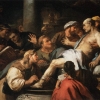
It’s important to know that Buddha is a word that means the enlightened one, it describes the person who’s reached nirvana (total peace of mind), and dwells there. In the past, there were many Buddha’s, as there will also be many in the future. However, there was one special Buddha, today he’s the most famous.
This is prince Siddhartha Gautama, who was able to answer one of the most complex questions in humanity. The question was “How do we overcome suffering?”. After arriving at an answer, he organized his philosophy into actionable steps. These steps continue to free its disciples from the endless cycle of suffering.
Siddhartha: The prince
The Buddha was a prince who came from the royal family known as Shakya, this is why he’s also called Buddha Shakyamuni. He was born approximately in 624 B.C., in Lumbini, a small town located in Nepal. However, when he was born the town was still a part of India. The Buddha was known as the son of Queen Mayadevi and King Shudodana.
Before the birth of his son, Shudodana the king was told by a Bramani Fortune teller that his son would follow one of two paths: He would either be a great king or a holy man. In spite of this knowledge, the king knew his son was somewhat different and special, yet he did all he could to lead him into political life.
The fortune teller had told the king that the prince would probably choose to become a Buddha as soon as he learned of suffering. So to avoid this, the king created a citadel around the palace, and made sure that his son would never be exposed to suffering. He would also keep death, the elderly, and the sick away from the surroundings of the palace.
The prince had a compassionate nature. He wanted mankind to evolve, he believed that this is possible through wisdom. Once on an archery tournament he said “With the arch of contemplative concentration, I will shoot the arrow of wisdom and kill the tiger of ignorance in human beings.”
One day, the prince left the palace, and walked outside the citadel. He was being escorted by his faithful squire when he came across a man who was thin, pale, and unable to stand up. He asked his squire about the strange condition this man was in. The squire told him that the man was very sick.
Siddharta walked away and noticed the suffering of the sick man and the family around him.
“Is it something a king can put an end to?” Siddartha asked.
“No, your Highness. No man has power over the suffering that comes from diseases.”
The prince was really silent and thoughtful when he saw another person sitting on a chair. That person seemed weak, his muscles were flaccid, and his skin was wrinkled. That was also something he’d never seen before.
“What is going on with that man?” The prince asked his faithful companion.
“He’s getting old, your majesty.” Replied the good servant.
“What does it mean?” He continued.
“It means many years have passed, his body is tired, and he is getting closer to the end of his time here.” said the squire.
“Will that happen to my father, the king?”
“Your, majesty, no man is free from aging. It will happen to the king eventually and to us all.”
The prince seemed a little confused and unsure, but he led the way and the two young men continued their pilgrimage. Ahead there was a group of people around a man that seemed to be sleeping. Some were crying, and others were reciting prayers.
“What is going on here? What is wrong with that man? asked the prince.
“He is dead, your highness.” Said one of the crying ladies.
The prince moved away and asked his squire what that means, to which he answered “the man’s time on earth had come to an end.”
“I imagine there is nothing my father could do about it too.” Concluded Siddhartha and the squire nodded in affirmation.
They returned to the palace. The prince had come face to face with suffering. That night, while watching the dancers and people drinking wine, surrounded by laughter and luxury, he thought about the people outside those walls.
He thought of how they were mourning their beloved, feeling impotent when it came to relieving the pain of the sick and the aging. He thought about all that suffering, and his life didn’t make any sense for him anymore.
He then shared his feelings with his parents and asked for their blessing so that he could leave the palace and become a common man. He decided that he wanted to find a way to free men from suffering. Aware of the prophecy, the king denied his request and ordered that Siddartha was to be married.
The Prince obeyed his father and married Yasodhara, and a little later they had a son. However, Siddartha approached his parents once again with the same request. This time the king allowed him to leave. He was 29 years old.
The path of the mystic
Siddhartha left without any belongings. He cut his hair and decided to live as an ascetic. He walked for many days, stopped and meditated for countless hours. He was pushing himself as hard as he could, through extreme methods. He would fast for days until his eyes bulged out of his head.
One day, near a river he heard a zither player saying to his colleague: “If we let the cord become too loose the instrument won’t make any sound, but if we tighten it too much we’ll break the chord, thus the middle way is the answer.”
After listening to those words, Siddartha sat under a bodhi tree and meditated for a while. He was finally letting go of the notion that his body had to suffer so he could reach enlightenment. According to the Kadampa tradition, Mara Devaputra, the leader of all demons tried to break Siddartha’s concentration, first by terrorizing him with the most horrible scenes of demons and destruction. But this did not affect Siddhartha.
Then, Mara tried to do the same with beautiful women, dancing very sensually around him, seducing him. Siddhartha stood still and Mara gave up. This is why some call him Buddha the Conqueror.
Continuing his meditation, Siddhartha woke up to reality. He was set free from ignorance and delusion. He felt great compassion for all human beings and decided to share with them the way out of the suffering, the Dharma.
The Buddha: After enlightenment
After his enlightenment, Buddha decided to visit the villages and share what he had learned with as many people as possible. His teachings are known as the Sutta’s. Each Sutta reveals a new aspect of what is now known as Buddhism.
Buddha died around the age of 80. He had many disciples who would walk with him everywhere and listen to his words repeatedly. Buddha never wrote a word. His teachings were always a process of conversation, of questions and answers. They were adequate to the people listening.
His disciples gathered in a council many years after his death to summarize his teachings. Each teaching was written on a paper and according to what it was related to, it would go to 1 of 3 baskets, the Tripitaka.
After a few councils, the disciples began to disagree on some points and Buddhism started developing different schools, but all of them with the same core teachings.
There are many versions of the Buddha’s life. At the time of his life, there were no written records. Most of the versions we know of today relied on memories of those who heard it from someone else. Basically, they’re close to the same. I chose to tell the one that’s most inspirational to me. I hope it touches you as well.










